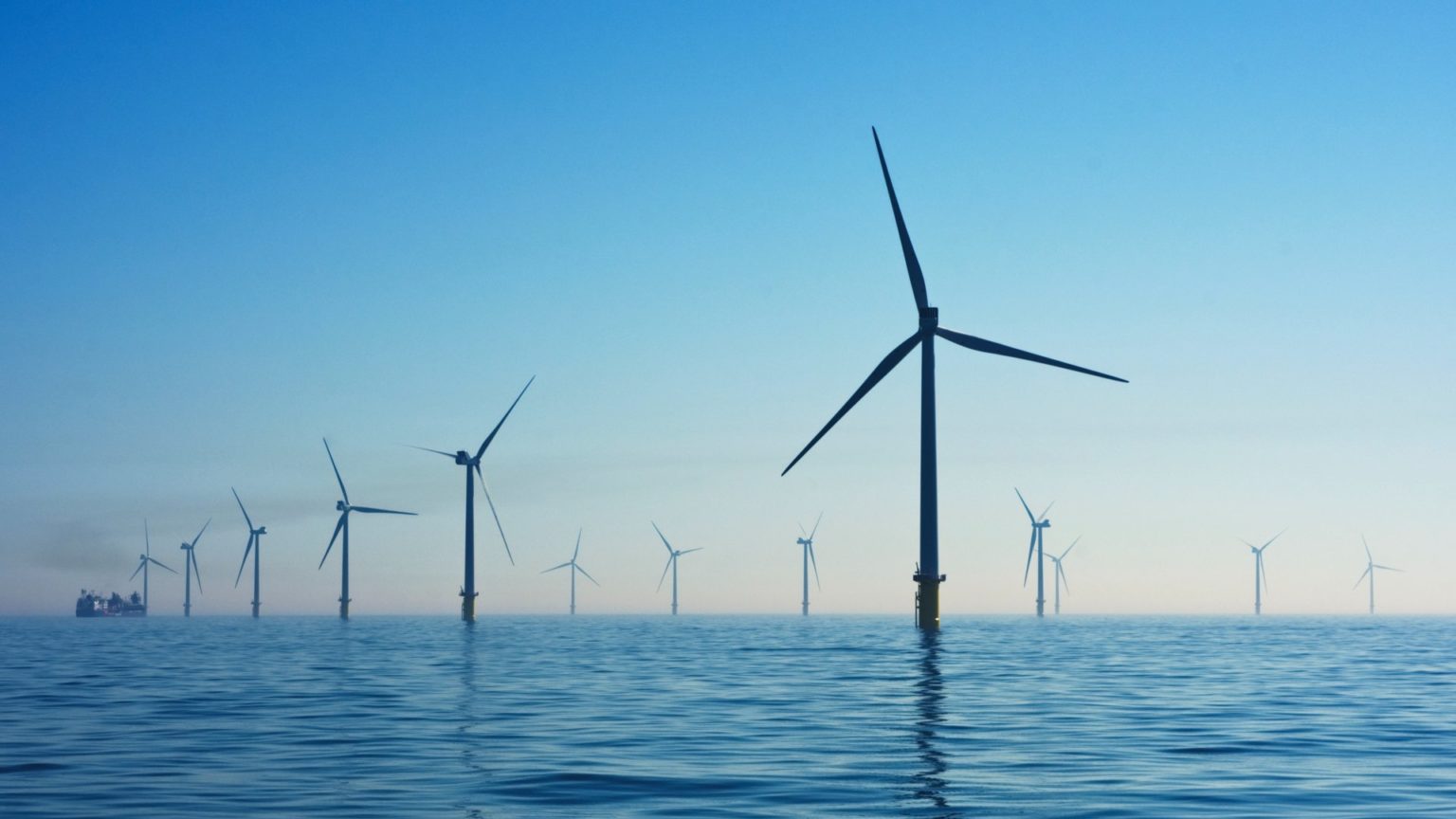Fighting climate change can contribute to inflation
«For a few weeks now, the Spanish media are having a field day reporting new record-breaking electricity prices on a daily basis. Power prices are going up and nobody is quite sure exactly why either»

Nicholas Doherty | Unsplash
When we were growing up in the 1970s and early 1980s, inflation seemed to be an exogenous problem that nobody could tackle. This problem was particularly acute in Spain as the Arab countries’ oil embargo of 1973 came just a couple years before Generalissimo Franco’s death. The early years of the great political transformation from authoritarianism to a democratic parliamentary monarchy were fraught with stagflation i.e. low growth and very high inflation rates leading to rising unemployment. In addition, that period saw the surge of a relentless wave of terrorist violence. By the early 1980s, the misery index – the sum of the inflation and unemployment rates – hit nearly 30 and stayed above 20 for nearly 20 years. We still remember how very serious looking men, for they were all men at the time, would go on long TV interviews to discuss the problem of inflation. Yet none seemed to know the cure, notwithstanding the fact that the Bank of Spain held real rates negative or that it freely financed the Treasury directly. (No need then for the highly choreographed Treasury auctions held today so that a few investors may pick-up a few basis points before selling-on newly issued bonds to central banks). We would ask our parents and our teachers as well and while everybody agreed inflation was bad, nobody seemed to know what to do to make it go away. Luckily, we got the answer in a freshman Macroeconomics 101 class in 1984.

For a few weeks now, the Spanish media are having a field day reporting new record-breaking electricity prices on a daily basis. Power prices are going up and nobody is quite sure exactly why either. The marginal producer sets wholesale electricity prices in EU countries, including Spain. This has been the case for many years and yet we have not had such parabolic spikes before. Currently, combined cycle gas turbine power plants (CCGTs) set the marginal wholesale price for peak demand. The most common explanation is that gas prices have spiked as Russia holds back supplies to the EU and thus electricity prices soar. However, this is only part of the answer. The media are leaving out the real reason for this crisis because it is politically incorrect.
The real reason why prices are spiking is that the EU’s decarbonisation policies have led to the early decommissioning of most coal thermal power plants in Spain and elsewhere. There were 21 coal thermal plants in Spain in 2011, which generated 60TWH, which was 23% of total electricity demand for the year. Today only six such power plants are still in operation, they will all close by 2022 at the latest. Thus in 2020, coal was the source of just 5TWh, by the end of 2022 coal would account for 0TWh. Therefore, no matter how high gas prices rise; there is no possible substitution from other power sources for peak demand because for now, all renewable energy sources have dispatch priority and therefore at any point in time this source is at 100% capacity utilization. Demand substitution can only be achieved through higher prices that will destroy demand, especially from industrial customers such as fertilizer or aluminium producers. Commodities’ spot prices are a reflection of activity levels. Currently, there is a supply deficit, inventories are near lows, and winter looms around the corner. Gazprom is rationally rationing gas volumes exports; this will be the winter of our discontent.
This self-inflicted new energy crisis is only the most recent example of the layover of costs to households and industry emanating from EU environmental policies. Let us not forget that in the early 1990s, the Spanish Government prioritized natural gas as a clean source of energy, at least compared with coal thermal plants. Although, reports form the US National Academy of Sciences and the Environmental Protection Agency had been warning about greenhouse warming since 1982, the local environmental movement was targeting acid rain stemming from sulphur dioxide emissions from coal thermal plants. Thus, Natural Gas, of which Spain has none, was the focus of a new National Energy Plan for the 1991-2000 period. Conveniently, Spain had no connection to the gas pipeline network in Europe and was free to choose from whom and how it would get its gas supplies. We are sure that the gas pipeline from the Algerian fields that comes to Spain through Morocco was a great business opportunity for some; it turned to be a huge cost to all other Spanish households and businesses. The balance of imports is shipped-in as Liquefied Gas Natural Gas and regasified at six terminals along the coast. (By the way, this is six more terminals than Germany has today).
Spanish utilities dutifully spent tens of billions in these new plants and infrastructure to no avail because the Government of Jose Luis Rodríguez Zapatero decided that a middle-income OECD member country needed to be at the forefront of subsidizing the learning curve of new renewable energy technologies. The green credentials of the Socialist party were long standing. In 1982, the Socialist party opposed nuclear power plants in their platform, then once in power, the Government ordered the mothballing of those nuclear plants that were under construction. The Spanish electricity consumer paid for that policy through a 3.17% surcharge on their electricity bill for many years. This was in fact a tax on which consumers paid VAT and other excise taxes to boot. Sub sequentially; in the 2000s, Spanish households paid not just for the stranded costs associated with the no-longer green-enough CCGT plants, but also for some of the most generous subsidies for renewable energy sources anywhere on the planet.
So generous indeed, that the Government had to lower these subsidies retroactively a few years later. This became the source of significant ill will from foreign and domestic investors and countless lawsuits in international courts of arbitration. Shutting down thermal plants before having cost effective storage for renewable source electricity is going to prove very expensive as well. For the time being, the Government has yielded to the public’s outcry by reducing or eliminating taxes on electricity generation There are specific activity taxes on top of VAT for electricity. The government has also retroactively established a windfall tax and other charges that the utilities will fight in court for years. Nobody seems to be worried about the impact on the fiscal deficit of any of these tax cuts, this is neither reported nor discussed. As you may conclude from the chart above, Spaniards are a pretty hardy bunch. Notwithstanding the fact that they have endured for decades with one of the highest misery indices of any OECD country, most still believe that there is no better place to live anywhere in the world. May this be the result of lack of information?

